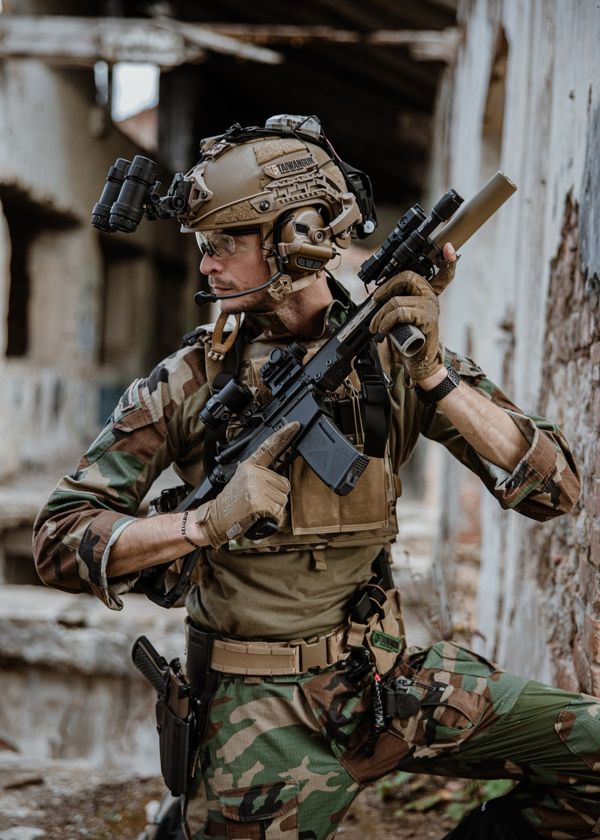Did you know that a hard hat can only take so many hits?
It's true! Like most safety gear, it's designed to protect against a single impact. That means if your hard hat has taken some kind of hit, it’s time for a replacement. After all, why risk jeopardizing the safety of yourself and those around you?
So, it's extremely important to take your hard hat inspections seriously to ensure you protect yourself and your team as well.
Plus, they are super lightweight and come with adjustable straps so they fit comfortably on any head size.
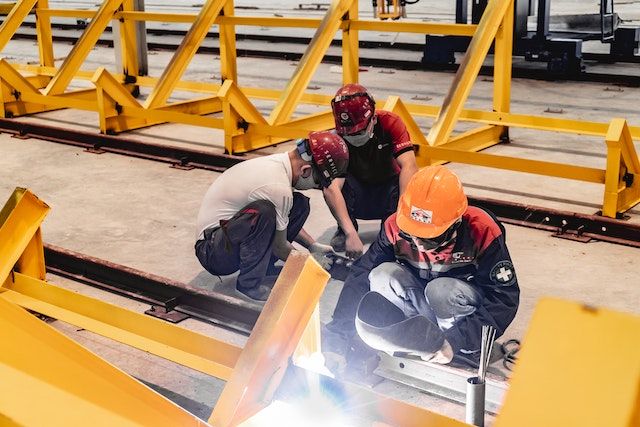
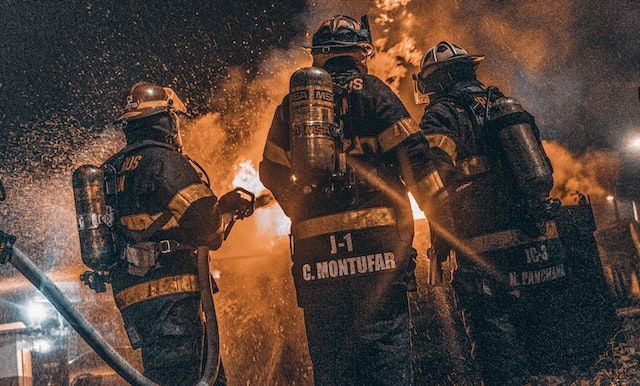
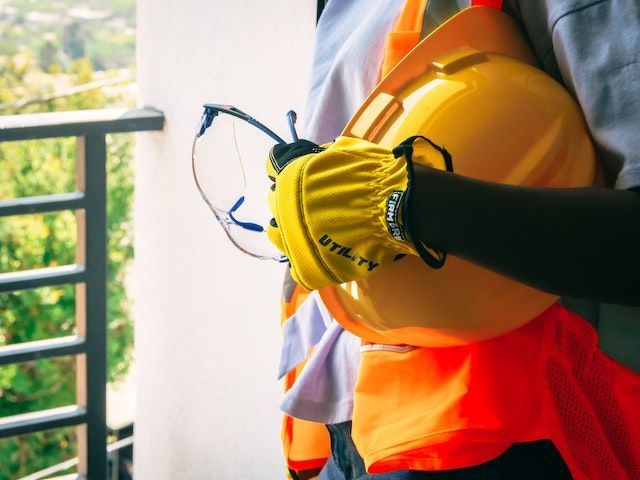
Lifespan Of A Hard Hat
Did you know that hard hats don't last forever? They actually have an expiration date.
Under ANSI Z89.1, manufacturers must include guidelines for care and useful service life. And while the standard does not require them to define specific service life in terms of number of years, most do.
The most common service life guideline states that hard hat shells need to be replaced after no more than two years of regular use or five years from the date of manufacture—whichever comes first. The life for suspensions is shorter, with replacement needed after no more than twelve months.
How Is A Hard Hat Designed
Hard hats provide a helmet-like design used to protect a worker's head from impacts by blunt or sharp objects. They also deliver a protective layer that safeguards against falls.
Approximately 20 million people in the United States and millions more globally wear hard hats while working. When worn correctly, a properly constructed product delivers two protection types.
The hard shell provides resistance to penetration by sharp objects. Workers also benefit from the suspension system that lessens the pressure and impact of a localized blow by distributing the force.
Most hard hats use a network of straps that connect to a headband attached to the helmet to create the suspension effect. That design holds the hard hat's shell at least 1.25 inches (3 centimeters) away from the head.
Today's materials used for hard hats meet the current ANSI (American National Standards Institute) performance standards. When looking at older designs, you'll see that a wide variety of materials were used to create a safer working environment.
Sustaining An Impact
When a hard hat sustains an impact, it should always be replaced. Even if the damage is not visible, there is potential for hairline fractures and other unseen damage that can compromise the integrity of the hard hat.
It's important to replace a hard hat after any kind of impact or drop, as this will ensure that workers are properly protected against potential hazards. When working in the logging industry it's important to be surrounded by trail cameras that record movement and provide surveillance to keep workers safe.
Also remember to follow manufacturer's recommendations for cleaning head protection and replacing suspension systems when they become damaged or worn out.
Class C (conductive) hard hats do not provide any protection from contact with electrical hazards, so it's important to make sure you have the right type of hard hat for your job.
It's essential to take proper care and maintenance of your hard hat in order to keep it in good condition. This includes regularly checking for cracks or signs of wear and tear and following manufacturer instructions for cleaning and storage.
By taking these steps, you can help ensure that your hard hat is providing the best possible protection against workplace hazards.
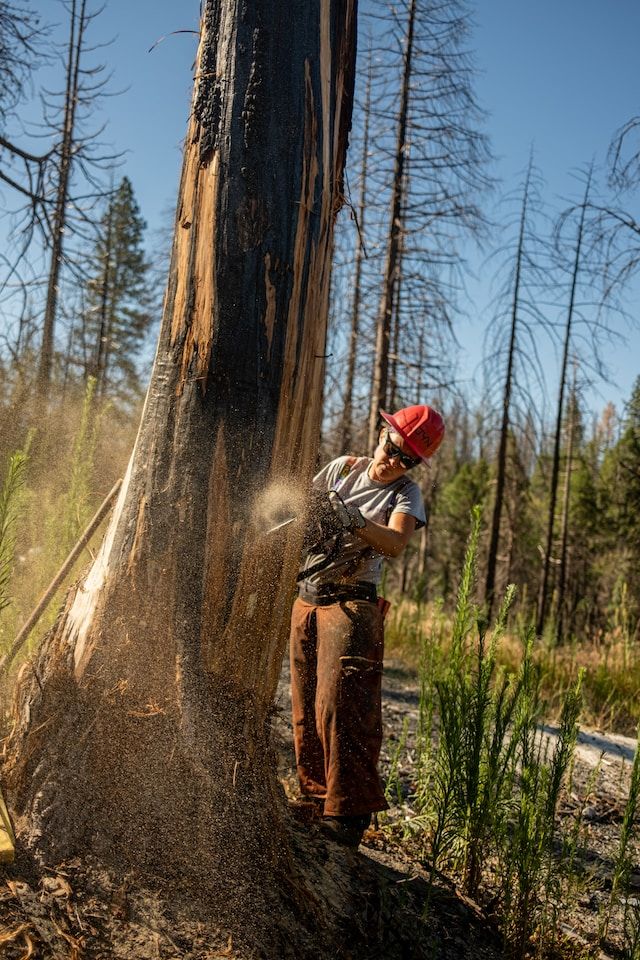
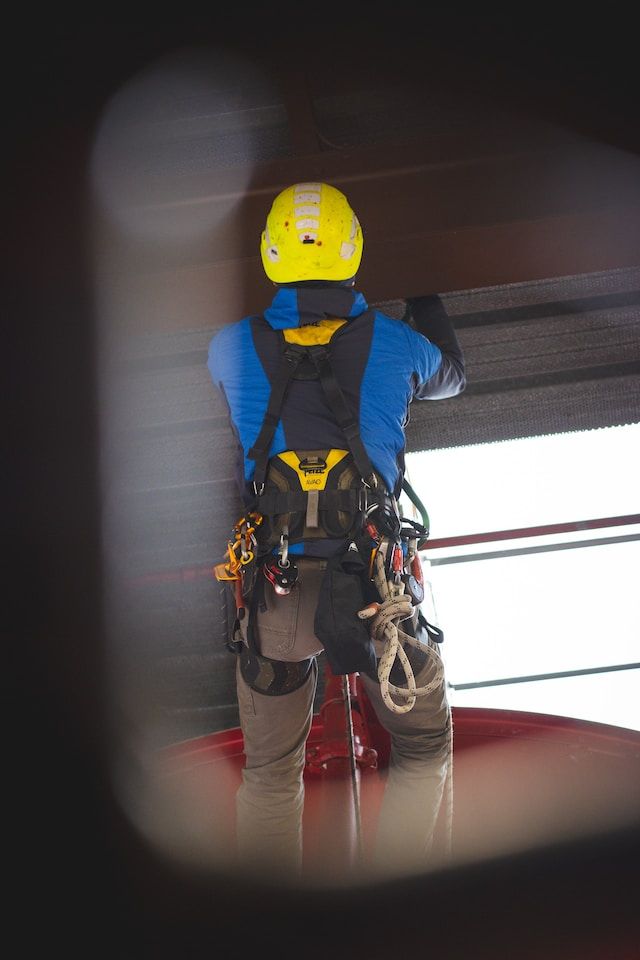

Hard Hat Safety FAQs
Hard hats are an important part of workplace safety, but can be confusing to use.
A lot of people wear hard hats incorrectly, which can lead to serious injury.
We’ve put together a list of the most frequently asked questions about hard hat safety so you can make sure you’re using your hard hat correctly and safely.
What type of hard hat do I need?
The type of hard hat you need depends on the potential hazards you may face in your work environment. Generally, there are three types of hard hats: Type I, Type II, and Type G. Type I helmets protect from blows to the top of the head, while Type II helmets protect from both top and side impacts. Type G helmets protect from electrical shock hazards.
How long do hard hats last?
Most manufacturers recommend replacing a hard hat every five years even if it looks undamaged or has not been used often. This is because, over time, the materials used to make a helmet can degrade and become less effective at protecting against impact or electric shock hazards.
How should I care for my hard hat?
To keep your helmet in good condition, store it away from direct sunlight or extreme temperatures when not in use and avoid dropping it on a hard surface as this could damage the shell or suspension system inside the helmet.
Additionally, inspect your helmet regularly for any signs of wear and tear such as cracks or dents in the shell or fraying straps on the suspension system, and replace it immediately if any damage is found.
Are there different rules for wearing a hard hat in different industries?
Yes, depending on what industry you work in there may be additional requirements for wearing a hard hat such as specific color codes to indicate different levels of risk or additional accessories like face shields that must be worn with a helmet for certain tasks.
It’s important to check with your employer to make sure you understand all applicable regulations before using any kind of personal protective equipment (PPE).
Is there special training required to wear a hard hat?
No special training is typically required to wear a hard hat but employers may require employees to attend safety briefings where they can learn more about how to properly use PPE including helmets and other items like gloves and eye protection that may be necessary for certain tasks.
In conclusion, hard hats are essential to protecting workers from potential hazards in their workplace. When a hard hat sustains an impact, it should always be replaced as even minor damage or wear and tear can compromise its integrity.
To ensure the best possible protection, it’s important to follow manufacturer’s recommendations for cleaning and replacing head protection when needed and take proper care and maintenance of your hard hat.
We've done the research so you don't have to! To browse our Top Picks for Best Hard Hat Lights please click the link below!
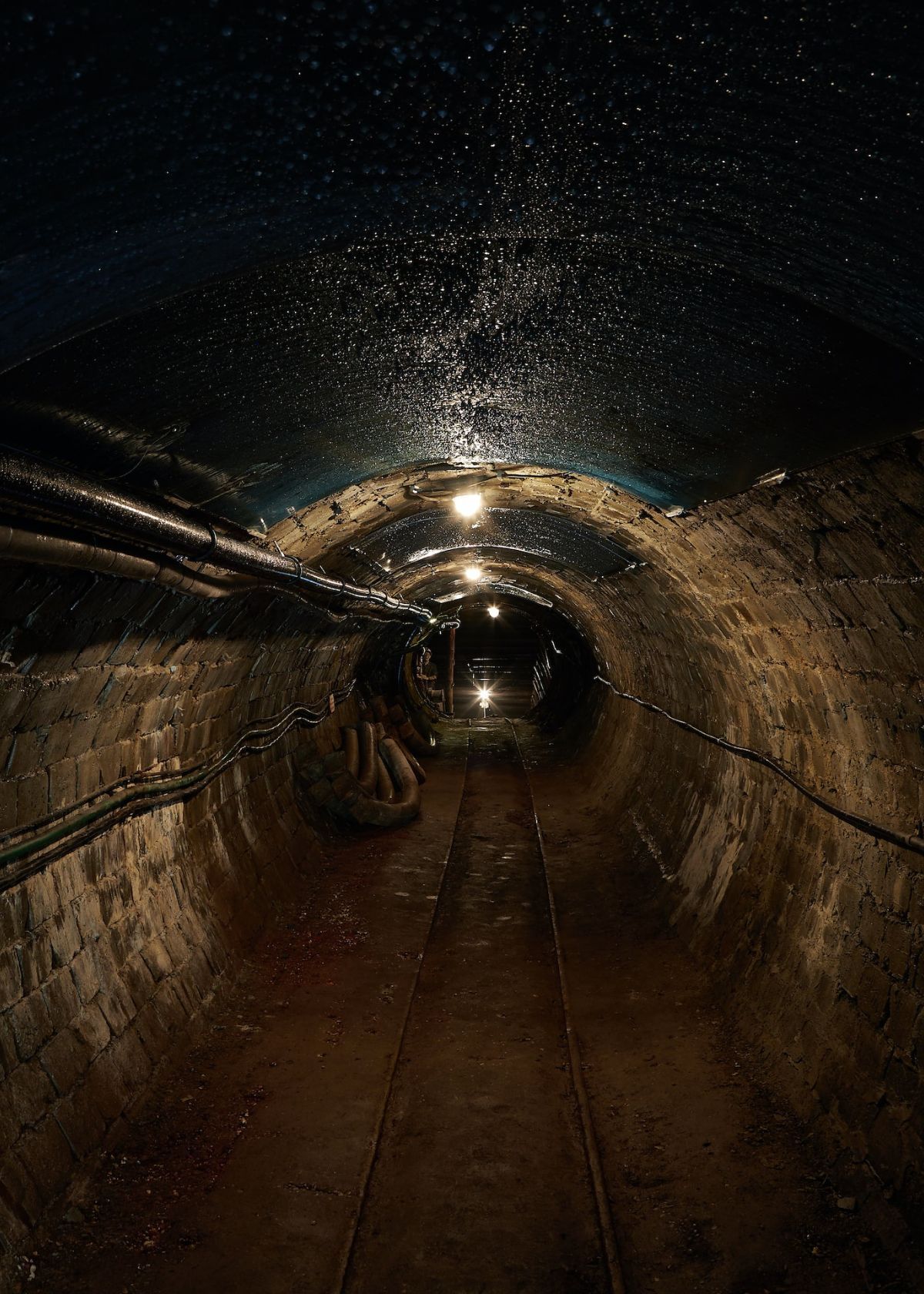
Your Friends,
LoveNatureReviews Team








